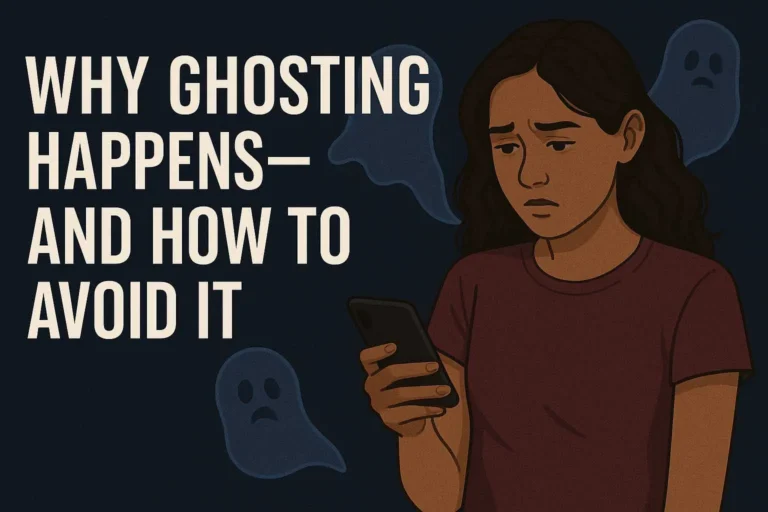6 Critical Stages Before a Breakup: How to Spot Them
Relationships often follow a pattern, even if every couple’s story feels unique. Knowing the common stages leading to a breakup can help you spot problems early and take action. Here are stages before a breakup most couples experience, explained with simple definitions, real-life examples, and actionable tips.
1. The Honeymoon Phase
Definition: The start of the relationship where everything feels exciting and flawless. Partners are deeply attached and overlook differences.
Example: A couple spends hours talking, plans surprise dates, and believes they’re meant to be.
What Happens: High levels of bonding hormones (like oxytocin) create euphoria. Over time, this fades as routines set in.
Tip: Enjoy the passion but stay realistic. Small acts of affection, like daily hugs, keep bonds strong.
2. Communication Breakdown
Definition: Partners stop sharing thoughts or feelings openly. Conversations become surface-level or tense.
Example: Instead of discussing worries about finances, a couple only talks about the weather or chores.
What Happens: Bottled-up emotions lead to misunderstandings. Resentment grows silently.
Tip: Schedule regular check-ins to talk honestly. Apps like Lasting offer great marriage communication tips.
3. Frequent Arguments
Definition: Small disagreements escalate into repetitive fights. Issues like trust or priorities become flashpoints.
Example: A couple argues every weekend about household responsibilities, but no solution is reached.
What Happens: Constant conflict drains energy. Partners may start avoiding each other to prevent fights.
Tip: Focus on we vs. the problem, not me vs. you. Couples therapy worksheets can guide productive discussions.
4. Trying to Fix Things (But Failing)
Definition: Couples make efforts to reconnect—like date nights or counseling—but old patterns resurface.
Example: A pair attends therapy but still struggles to rebuild trust after infidelity.
What Happens: Temporary improvements fade if root issues (like poor communication) aren’t addressed.
Tip: Be patient. Real change takes time. Explore resources like relationship repair books or workshops.
5. Emotional Detachment
Definition: Partners feel like roommates. Emotional and physical intimacy declines sharply.
Example: One partner spends evenings gaming, the other continuously-watching shows—no shared activities.
What Happens: Loneliness sets in. Some may emotionally cheat or fantasize about leaving.
Tip: Reignite connection with shared goals, like cooking classes or weekend hikes.
6. The Final Breaking Point
Definition: One or both partners decide the relationship is beyond repair. This often follows a major fight or betrayal.
Example: After years of unhappiness, someone says, I’m done, and moves out.
What Happens: Acceptance of the end. Legal steps (like divorce) or separation begin.
Tip: If you’re here, consider therapy for closure. Sometimes, parting ways is healthier for both.
Final Thoughts
Every relationship has ups and downs, but recognizing these stages early can help you pivot before it’s too late. Whether it’s improving communication or rekindling intimacy, small steps make a difference. And don’t forget—physical touch, like hugging, isn’t just romantic. Studies show it has powerful health benefits, like reducing anxiety!
Share your favorite moments with us on Instagram!
Don’t keep this to yourself—share it with a friend!





















